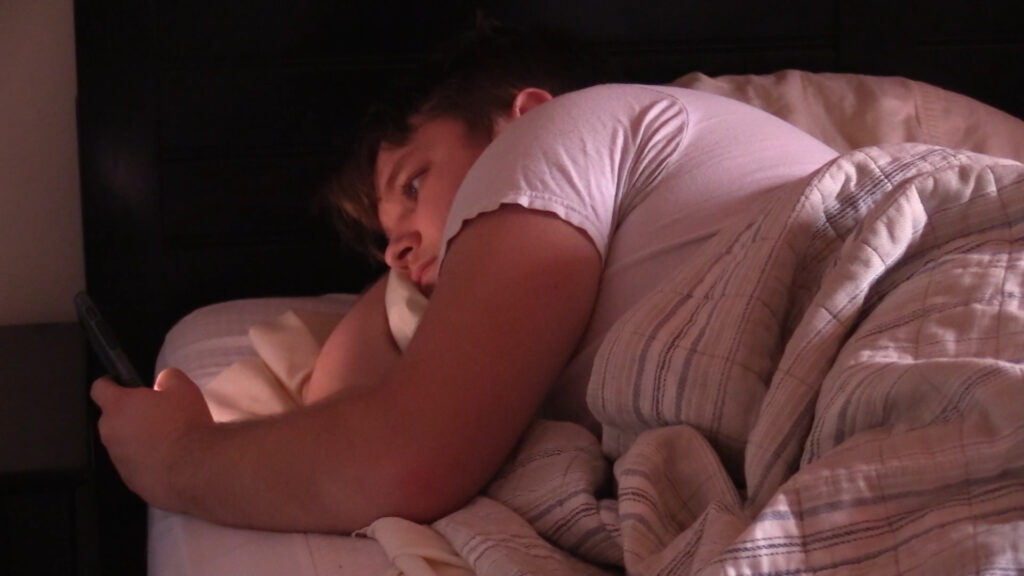The signs and symptoms to look for with Seasonal Affective Disorder

MARQUETTE — The change in weather is apparent and the sunlight is dwindling.
On this week’s ABC10 feature, Caylee Kirby met with a therapist to learn more about the signs and symptoms of seasonal affective disorder.
The short day of winter are slowly coming upon us. As sunlight begins to decrease many individuals begin to struggle with seasonal affective disorder, also known as SAD
“And very frequently it’s the case where a person has a depressive episode that’s triggered by the change of the seasons, most of the time we see this with people who have a depressive episode that’ll come on with the start of winter” said Therapist, Paul Olson.
Some of the things to look out for are the normal symptoms of depression, such as loss of energy and the feeling of sadness, but also things that are not directly related.
“Like for instance, psycho social stressors. We need to look at those kinds of things because they happen very frequently with people who are older, who have disabilities, people who are in poverty” said Olson. “There are a lot of psycho social stressors that come with the change of seasons and with the winter time, that are separate from depression.”
Some people may begin to feel this ‘slump’ as early as August, but most symptoms usually begin around October and November and subside in March and April. If you feel any symptoms, address it.
“It really needs to be addressed now, it needs to be addressed before the snow flies. The person needs to be upfront with their doctor and the person needs to plan for what they’re going to do” said Olson.
Existing research has found that key treatment approaches are fixing Vitamin D levels, light therapy, antidepressant medications, and counseling.
“If it is the case that you feel a seasonal pattern to your depression, make sure that you’re upfront about it with your doctor” said Therapist, Paul Olson.
According to the National Alliance on Mental Illness, the prevalence of Seasonal Affective Disorders varies due to factors that can include but are not limited to; latitude, age and sex.
- The condition is more prevalent in people that live in higher and or northern latitudes.
- A higher prevalence for young people
- Women are more likely than men to experience it.
“First of all, we always talk about the idea of being proactive. You need to know that we’re going to have winter this year, it’s coming so you need to be prepared for it. When you wake up in the morning and there’s six inches of snow, it’s too late” said Olson.
Although the best thing to do it catch it before it starts.
